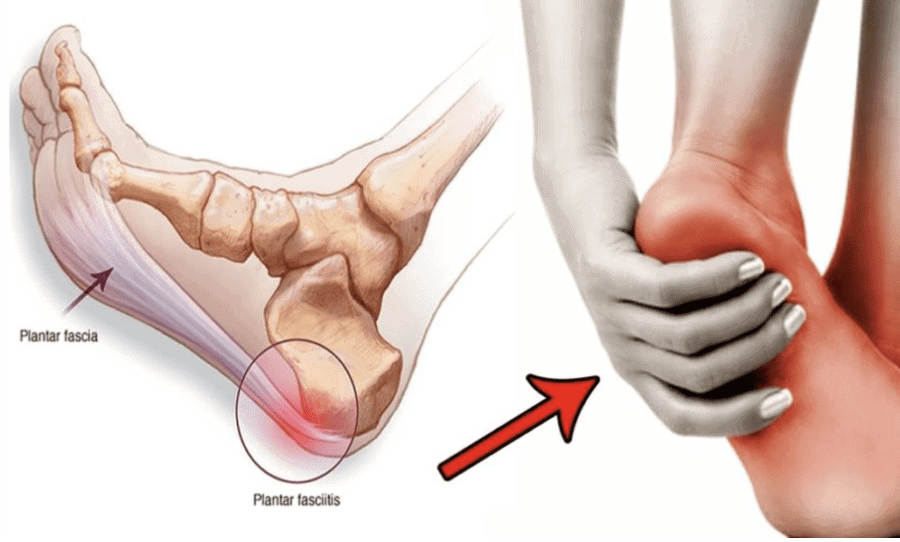Heel pain can be a disruptive condition that affects daily routines, mobility, and quality of life. One of the most common causes of chronic heel pain is plantar fasciitis. Foot doctors, also known as podiatrists, specialize in addressing conditions like plantar fasciitis to help patients restore comfort and functionality to their lives. This article explores what plantar fasciitis is, its symptoms, and the treatment approaches that foot doctors may use to address this condition.
What Is Plantar Fasciitis?
Plantar fasciitis refers to inflammation of the plantar fascia, the thick band of tissue that runs along the bottom of the foot, connecting the heel bone to the toes. This connective tissue provides support to the arch of the foot and absorbs the impact of walking, running, or standing. Repeated strain can lead to small tears in the plantar fascia, which eventually result in inflammation and discomfort. Certain factors may contribute to the development of plantar fasciitis, including prolonged standing, high-impact physical activity, or specific foot structures. While the condition commonly occurs in middle-aged individuals, it can also affect younger people who engage in physical activities that put stress on the feet.
What Are the Symptoms?
The symptoms of plantar fasciitis typically present as heel pain or tenderness near the bottom of the foot. The pain often begins gradually and may feel sharp or stabbing in nature. It is frequently experienced during the first steps taken after waking up in the morning or after sitting for extended periods. Pain that worsens after exercise, rather than during physical activity itself, is an additional symptom. Although the symptoms usually develop in a single foot, they may occur in both feet simultaneously. Discomfort can vary from mild to severe, depending on the extent of the tissue inflammation or strain.
How Is It Treated?
A foot doctor employs a variety of non-invasive and minimally invasive methods to address plantar fasciitis and relieve heel pain. These treatments aim to reduce inflammation, address contributing factors, and improve the functionality of the foot. Management methods can range from conservative strategies to medical interventions.
Physical Therapy
Physical therapy techniques may complement other treatments. Targeted exercises and stretches can assist in relieving tension in the plantar fascia, Achilles tendon, and calf muscles. These exercises aim to enhance flexibility and strengthen supporting muscles.
Medical Interventions
If symptoms persist despite other treatments, podiatrists may explore targeted medical options. This can include corticosteroid injections to reduce localized inflammation. Foot doctors explore these approaches on a case-by-case basis, weighing patient-specific factors.
Surgical Options for Severe Cases
Surgical intervention is typically reserved for severe cases where conservative measures fail to provide relief. Surgery often involves releasing the plantar fascia to decrease tension and pain. Podiatrists provide comprehensive evaluations before determining if surgery is a suitable option for a patient.
Reach Out to a Foot Doctor
Plantar fasciitis is a common yet manageable condition that foot doctors specialize in addressing effectively. If you experience persistent heel pain or suspect plantar fasciitis as the underlying cause, consulting a podiatrist can be a fundamental step toward relief. With tailored treatment plans, foot doctors help patients regain mobility, reduce discomfort, and improve overall foot health.

